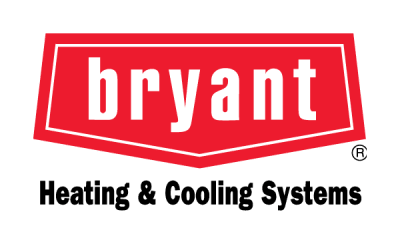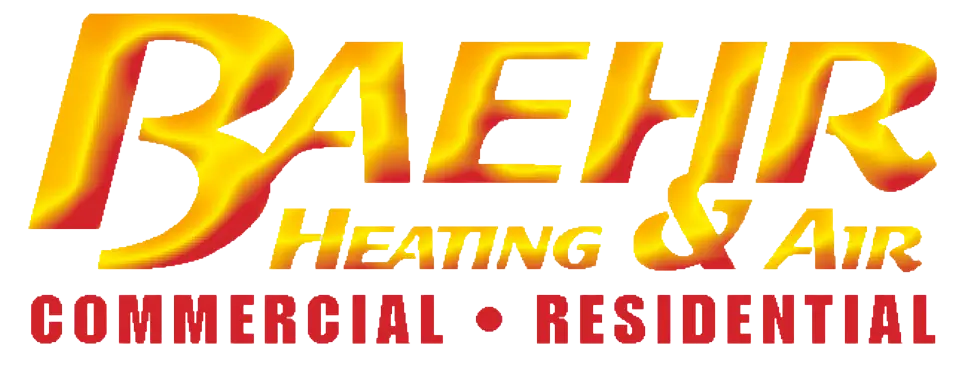Installing a commercial HVAC system is a complex process that requires careful planning and execution. Whether you are setting up a new building or upgrading an existing system, understanding the steps involved can help you ensure everything goes smoothly. Commercial HVAC systems are essential for maintaining a comfortable and productive environment in businesses of all sizes.
Initial Consultation and Assessment
The first step in the commercial HVAC installation process is the initial consultation and assessment. Our professionals will visit your site to evaluate the building and its specific heating and cooling needs. This assessment involves examining the size and layout of the space, the existing HVAC infrastructure, and any unique requirements your business might have.
During this stage, our technicians will also discuss your goals and preferences for the new HVAC system. This helps in understanding what you expect in terms of performance, efficiency, and specific features like zoning capabilities or advanced filtration. Gathering this information ensures that we design a system tailored to your needs.
Moreover, our professionals will inspect for any potential challenges that could complicate the installation. This could include outdated ductwork, limited space for new equipment, or electrical constraints. Identifying these issues early allows us to plan effectively and avoid delays during the actual installation.
Designing the HVAC System
Once the initial assessment is complete, the design phase begins. Our technicians take the data collected and start creating a customized HVAC system that best fits your building. This design process involves selecting the appropriate equipment, such as heat pumps, mini split heat pumps, or traditional units, based on your specific needs and energy efficiency goals.
The design also includes planning the layout for ductwork, vents, and thermostat placement. Zoning capabilities are considered to ensure different areas of the building receive the appropriate level of heating and cooling. This is particularly important in commercial settings where different zones may have varying climate control needs.
Additionally, our technicians will design the control systems that integrate all components for seamless operation. They ensure that the system will be easy to use and manageable via advanced thermostats, which might include options for smart controls and remote access. This thorough planning phase is crucial to ensure the system operates efficiently and meets all your comfort requirements.
Installation Process: Step-by-Step
Once the design phase is complete, the installation process begins. Our professionals follow a detailed, step-by-step approach to ensure a smooth and efficient installation. Here’s an overview of the key steps involved:
1. Site Preparation: The first step is to prepare the site. This includes clearing the area, ensuring access to all necessary parts of the building, and setting up any temporary systems needed to maintain comfort during the installation.
2. Equipment Placement: Next, our technicians will position the main HVAC units, whether they are heat pumps, mini split heat pumps, or other types of systems. Correct placement is crucial for optimal performance and efficiency.
3. Ductwork and Piping Installation: After the main units are in place, the ductwork and piping are installed. This involves cutting precise openings, securing ducts, and ensuring that all connections are tight and well-insulated.
4. Electrical and Control Connections: The electrical systems are integrated, including thermostat installation and any smart controls. Our technicians ensure that all wiring is safely connected and that the control systems are set up correctly.
5. Testing the System: Before finalizing the installation, the system is thoroughly tested. This includes checking all connections, calibrating the thermostat, and running diagnostic tests to ensure everything is functioning properly.
6. Final Adjustments: Any necessary adjustments are made to optimize the system’s performance. This may involve tweaking the thermostat settings or balancing airflow across different zones.
Post-Installation Checks and Maintenance
Proper post-installation checks and ongoing maintenance are essential for keeping your HVAC system running efficiently. After installation, our professionals conduct a series of checks to ensure that everything is working correctly.
1. System Performance Check: We will check the overall system performance, including verifying that the heating and cooling operations are working as intended. This helps to catch any minor issues before they become major problems.
2. User Training: Our technicians will provide training on how to operate the new system. This includes instructions on thermostat settings, how to switch between heating and cooling modes, and basic troubleshooting tips.
3. Regular Maintenance Plans: We recommend a regular maintenance plan to keep your system in top shape. This plan can include periodic inspections, filter replacements, and any necessary heat pump repairs. Regular maintenance helps to extend the life of your system and keeps it running efficiently.
4. Documentation: All relevant documents, including warranties and user manuals, are provided to you. Knowing your system’s specifics can help you understand when and what type of maintenance is required.
Conclusion
A well-installed commercial HVAC system is crucial for maintaining a comfortable and productive environment. From the initial consultation and assessment to the detailed post-installation checks, every step is important.
If need a reliable HVAC installation in Auburn, contact our team at BAEHR Heating & Air. We are committed to delivering high-quality HVAC solutions that ensure your business remains comfortable and energy-efficient. Reach out to us today to schedule a consultation or learn more about our services!







